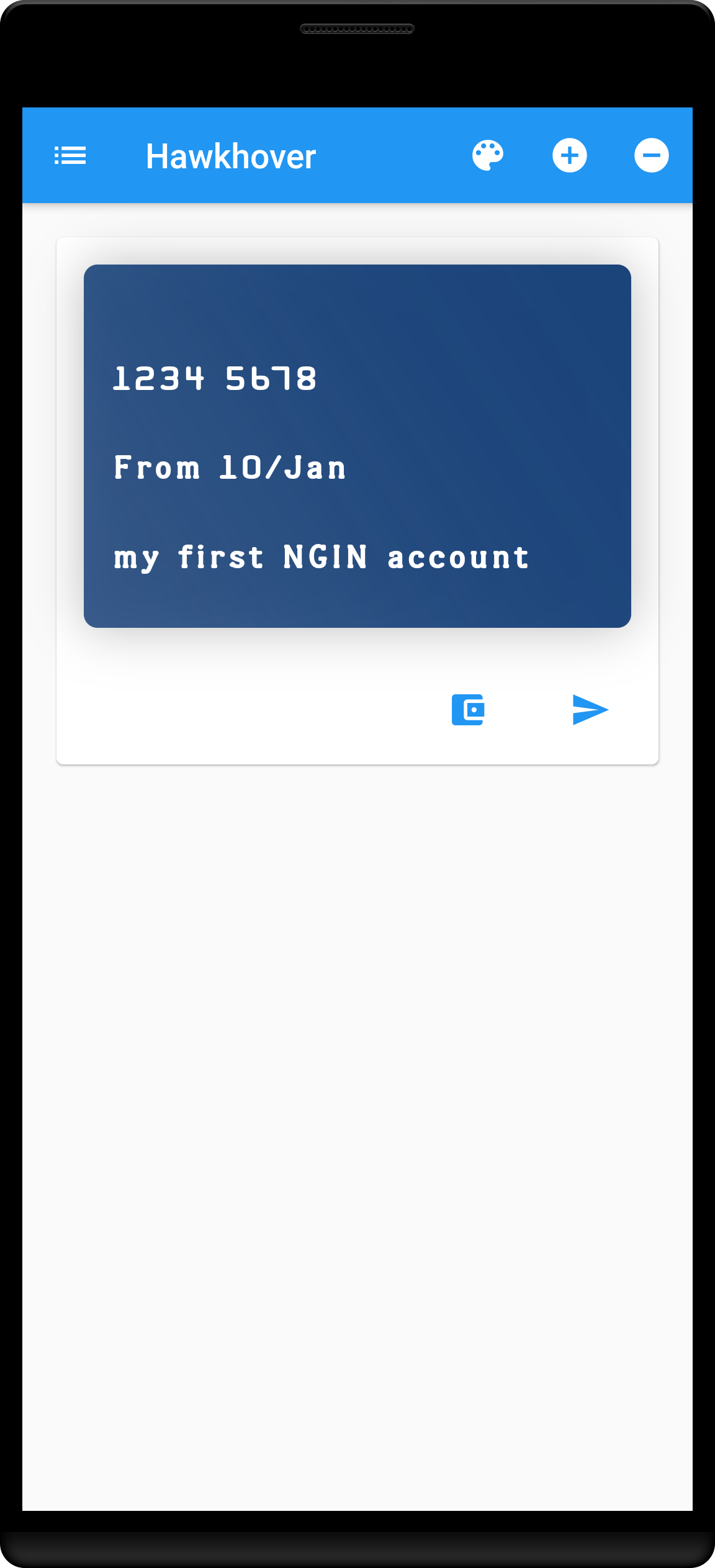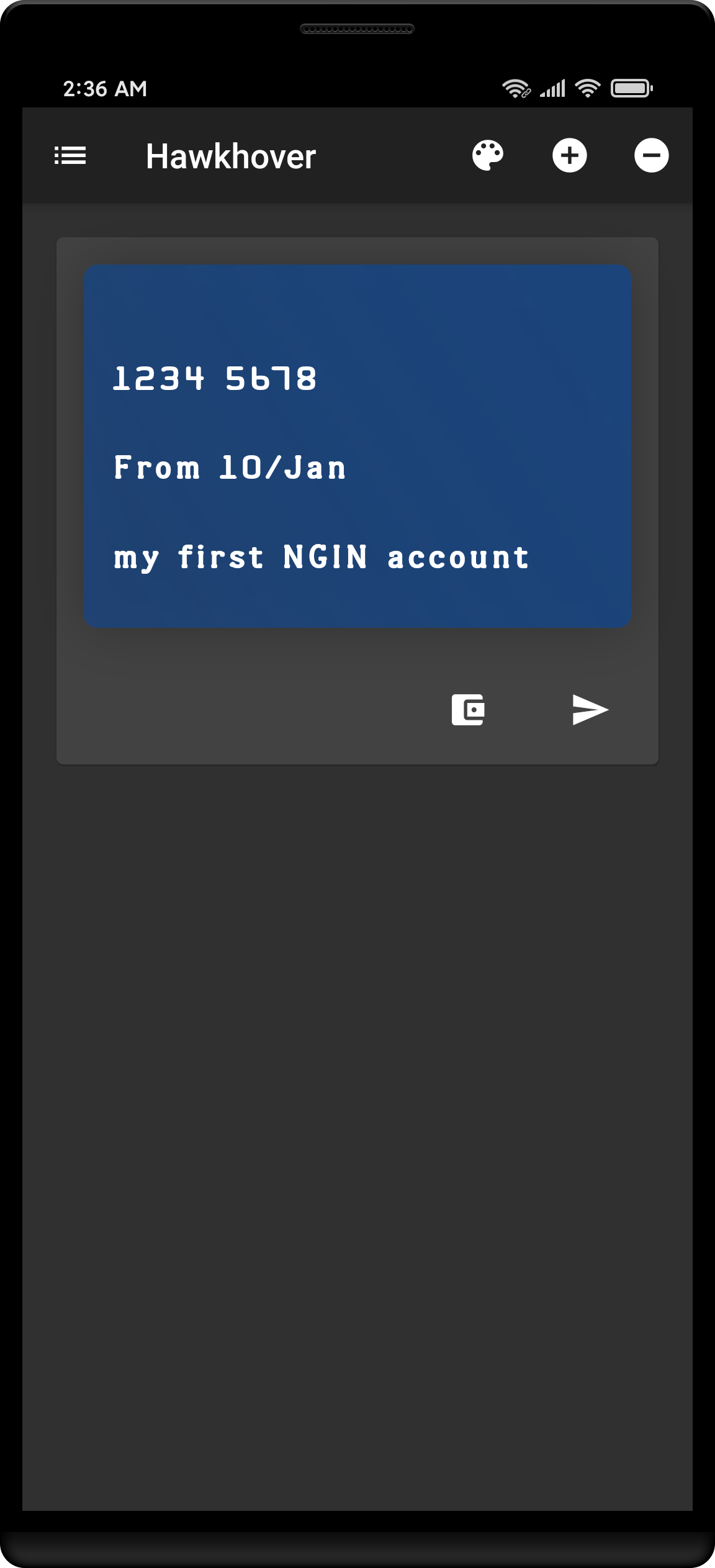Features
- Thoroughly new chain, modern design from scratch with high tps
- Written in go, not a fork of any other chain
- Optional less, or no storage cost(mem only)
- With humanizing numeric account model, users can send tx with memorable short number
- High security with Sheet and Vault(Block) model
- Powerful and scalable types of tx
- Support Multi-Tx, sending coins to different recipants in the same time
- Powerful WebAssembly VM support based on account's contract
- Contract is more maintainable than ethereum
- Libp2p(ipfs) powered p2p networking
- Support NAT & UPnP, no public IP requirement
- Available anonymous address for saving balance
- Using the schnorr signature, allowing Multi-Sig when sending and receiving
- Fee Burnt Policy keeps the mainnet coin NG's value
- Using JSON RPC v2 API, be friendly to the developers
- Auto switch to the best one when chain branching
- Addresses are for receiving coins only
- Require register an account on chain for sending
- Support zero fee transaction
- ...

"NGIN is the best public PoW chain yet.” Leonardo da Vinci
Structure
sequenceDiagram
Address ->> Account: maintain the balance(recv)
Account ->> Address: consume the balance(send)
WebAssembly ->> Account: apply account state.
Account->>Sheet: constitute
Tx->>State: Verify and Apply
State->>Sheet: generate
Sheet->>P2P: Sync or tigger chain fork
Tx->>Block: Compound
Tx->>P2P: Broadcast
Block->>Chain: Link up
Block->>P2P: Broadcast
Chain-->P2P: Sync and fork
Chain->>State: Verifiy blocks
Block->>State: Apply new Txs
Sheet->>Account: Apply transaction, assign and append tx
Account->>WebAssembly: Edit backend(Assign, Append)
Tx ->> WebAssembly: Tigger events(Transaction)
ngcore
License:
- GPLv3 for all pre-release version (under v0.1.0)
- MIT for all version after release
"ngcore" is the third-version full-node daemon on NGIN
Concurrently, the "ngbiz" is a new try for union chain based on ngcore's codebase, within which we use PBFT replacing PoW consensus.
The first two versions are "ngind"(based on go-ethereum) and "ngd"(aka ngdaemon, published on internal git repo not github) Initially, NGIN project was aiming to build an internet serach engine(like google) ecosystem based on blockchain But ngind was soon deprecated due to the origin Russian team's plan. And then ngd/ngdaemon's team continued their project but then it was also deprecated before releasing because of the team broke up. Some codes of ngd/ngdaemon are inherited by ngcore when ngcore starts, but now all be placed by new codes.
From the view of codebase, ngcore is not a fork of any project. Currently, ngcore has implemented all core functions of a blockchain public chain, like p2p network protocol, memory-safe VM based on WebAssembly, etc.
Now, ngcore is on alpha period.
WASMan
License: MIT
WASMan(WebAssembly Manager) is another wasm interpreter engine for gophers and blockchain.
Currently, WASMan has been assembled into the ngcore's ngstate module, acting as the contract backend, which means ngcore has already be able to run webassembly contracts on blockchain.
Features
- All-in-One W3C standard webassembly interpreter
- Support the toll(gas) station design, which is necessary under blockchain environment
- Provide cli tool for testing

Hawkhover
Hawkhover a multi-platform GUI wallet for NGIN daemon, which is designed by dart and flutter and can be installed on Windows/Linux desktop, Android and iOS.
Hawkhover will be released after ngcore's beta period

Diff between BTC & NGIN
- Goal of NGIN, not creating any crypto currency or building a new payment method, is maintaining a decentrialized application engine with reliable blockchain ecosystem
- Using number account, not garbled string. So more convenient.
- Using Schnorr signature,not ECDSA: Schnorr vs ECDSA
- No half-life period, NGIN using Fee Destory Policy to keep the value of mainnet coin.
- ...
Diff between ETH & NGIN
- Goal of NGIN, not creating token ecosystem, is maintaining a decentrialized application engine with reliable blockchain ecosystem
- NGIN suggests non-financial decentralized applications like spiders, storages and webservices etc.
- Using number account, not garbled string. So more convenient.
- Using Schnorr signature,not ECDSA:: Schnorr vs ECDSA
- No EVM,and NGIN assembles more common WebAssembly VM, with which developers can create their app with asm.js, rust, kotlin, c, c++ etc.
- ...
Life circle of a WASM contract
stateDiagram-v2
[*] --> LifeCircle: register a account
state LifeCircle {
[*] --> WebAssemblyVM: deploy with assignTx(from owner)
WebAssemblyVM --> EmptyContract: erase all with assignTx(from owner)
AccountA-->WebAssemblyVM: effect the context
WebAssemblyVM-->AccountA: get the new context
AccountB-->WebAssemblyVM: can also effect the context
AccountC-->WebAssemblyVM: get failed to assign or append the contract
WebAssemblyVM --> [*]: erase with assignTx(from owner)
}
Steps to build and deploy a WASM contract
stateDiagram-v2
[*] --> Rust/C: write source code
Rust/C --> WebAssebmlyBinaryFile: compile with the correct toolchain
WebAssebmlyBinaryFile --> WASMan: use WASMan to test your contract
WebAssebmlyBinaryFile --> AccountContract: upload the binary to the NGIN network with wallet toolset
AccountContract --> InitializedVM: some maybe need to initialize the context for serving
AccountContract --> InitializedVM: some dont need any action
